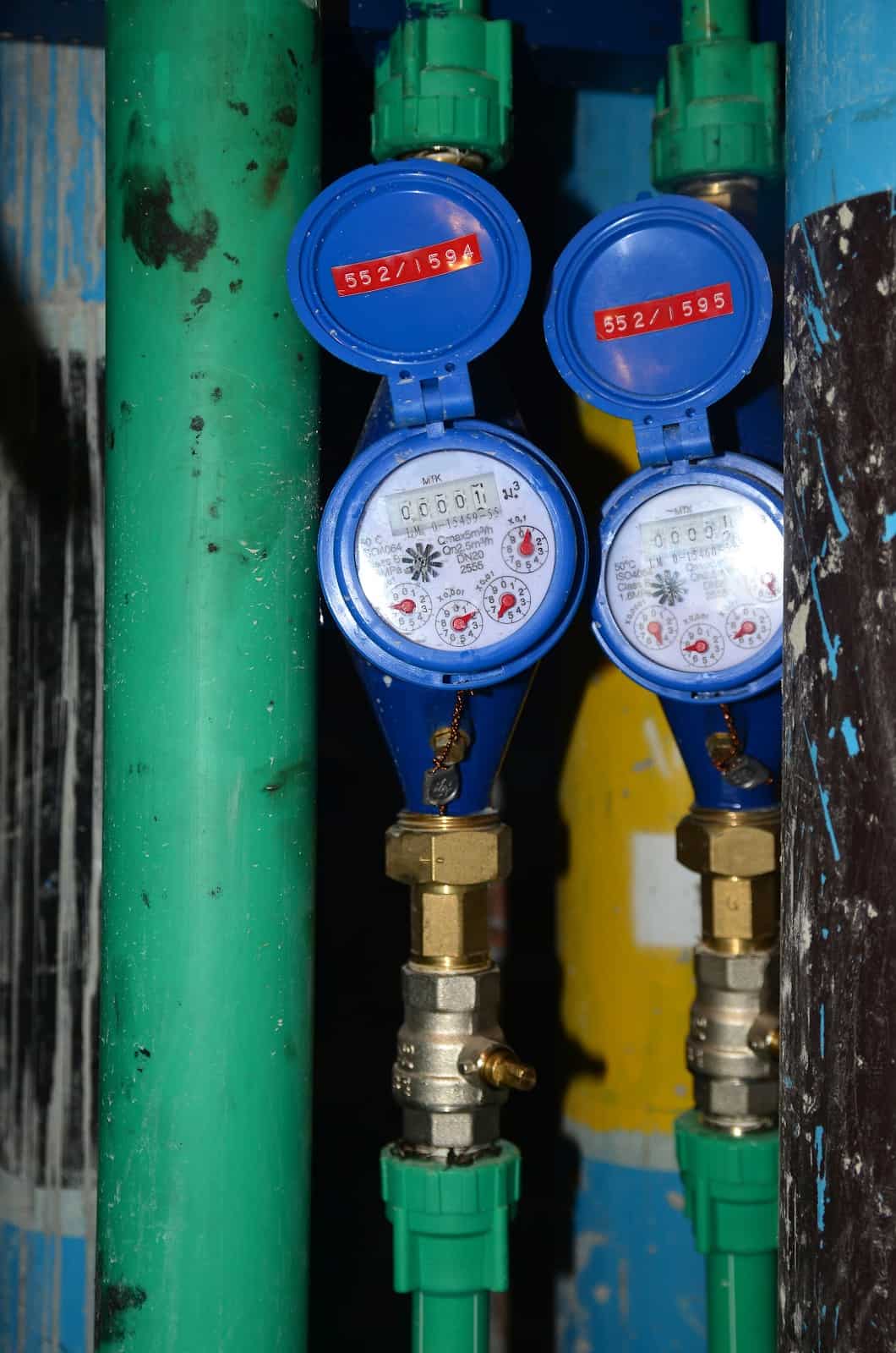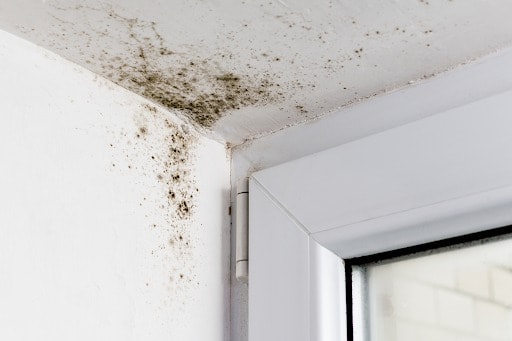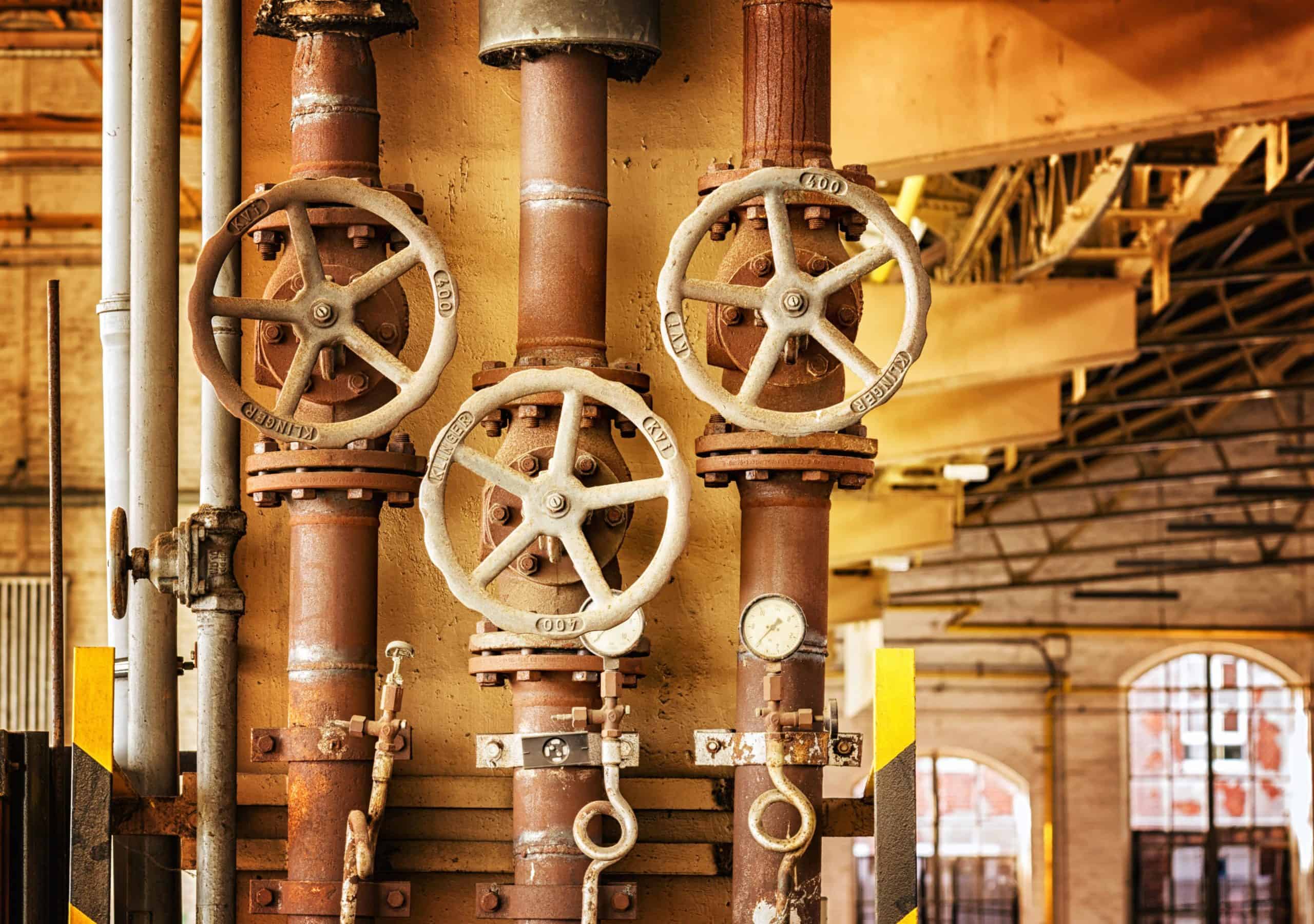Plumbing leaks are one of the most frustrating problems homeowners experience. Some leaks are obvious and easy to fix. However, leaks hidden inside walls or ceilings are often hard to detect and can end up causing costly damage before you even realize there is a leak.
If your home has a slab foundation, leaks can be even more difficult to detect. Concrete slab foundations have pipes running underneath that can develop leaks as pipes age.
Get Leaks Fixed Quickly to Avoid Further Damage

Early detection of a water leak can save you a lot of money and prevent a potential disaster. There are 10 signs every homeowner should be aware of in order to identify and resolve leaks as soon as possible.
1. Higher than Usual Water Bills
If your water bill increases for no obvious reason, it's likely you have a water leak somewhere in your home. Even small leaks can add up fast, wasting thousands of gallons of water and running up your water bill.
The U.S. Environmental Protection Agency recommends homeowners check their winter water usage during January or February. If a family of four exceeds 12,000 gallons per month, there are likely serious leaks in the home.
One way to see if there’s a leak is to check your water usage when no one is at home. Write down the numbers on your water meter before you leave and check the meter when you return. If the meter has moved at all, you have a leak.
Leaky toilets are a frequent cause of high water bills. One leaky toilet can waste thousands of gallons of water a year. Stopping these expensive leaks is often as simple as replacing the flush ball or flapper inside the tank.
2. Reduced Water Pressure
Common causes of low water pressure include a buildup of sediment in pipes, faulty valves, and water leaks. When you have any type of leak, less water is able to run through your pipes to where you need it.
If you notice a sudden decrease in your water pressure when no other fixtures are being used, it may point to a leak somewhere in the system.

3. Mold and Mildew
Persistent water leaks lead to mold and mildew. Along with being unsightly, mold can cause upper respiratory issues and irritate allergy and asthma sufferers. In extreme cases, water leaks can lead to the development of toxic black mold which is very dangerous.
Mold can grow as a result of moisture or standing water caused by condensation from uninsulated pipes, a leaky washing machine hose, water leaking into the basement, or a leaking pipe.
Extensive mold damage has to be carefully remediated by experts. Crews wearing full protective suits remove the mold and everything it has contaminated. Mold left unchecked damages wood, drywall, and other materials so it is important to take action immediately to prevent expensive damage to your home and protect your family’s health.
If you have a persistent, musty odor in your basement, it’s most often the result of mold growth. As mold grows and spreads, it emits gasses which release a musty odor. Regardless of what is causing a musty odor, don’t ignore it. Finding the cause and resolving it will prevent bigger and more costly repairs in the future.
4. Water Stains on Ceilings
A dark spot or other discoloration on the ceiling is a sign of a water leak. These spots often indicate a leak in the roof, but if you have an upstairs bathroom and a discolored spot on the ceiling below that bathroom, the leak is likely coming from that bathroom.
You often won’t see signs of a leak on the ceiling until the leak has been there for a while, so you need to address the problem as soon as you notice it.
5. Peeling or Blistering Paint or Wallpaper
If the paint or wallpaper on a wall begins to peel or blister, that indicates there is likely a leak somewhere inside the wall. By the time, you see peeling or blistering, the leak has usually been there for quite a while and needs immediate attention to prevent further damage. Since drywall and wood absorb moisture, the structure underneath the wall is often damaged and will need to be replaced.
6. Sagging Ceilings
Sagging ceilings are frequently caused by either a leaky roof or leaky pipe. Often you’ll notice discoloration along with a sagging ceiling. Sagging ceilings are dangerous and need to be repaired immediately in order to prevent a total collapse which can be dangerous as well as messy and expensive to repair.
7. Damaged Flooring
If your bathroom floor is warping, staining, or has a soft spot, a hidden leak from either the toilet or a pipe under the floor is most likely the cause.
In a kitchen, tiles might become loose or the caulking might start to crack and peel. Carpeted areas in basements that become moist or develop a musty smell are also signs of a leak underneath the flooring.
8. Strange Noises in Plumbing
When things are working properly, the plumbing in your home should be relatively quiet. There are several reasons you might hear rattling or other strange noises in your plumbing. Vibration or rattling sounds could be a sign of a loose fitting or mount somewhere in the lines. If that’s the case, they could also be the cause of a water leak doing damage inside your walls.
If you hear water running when fixtures are turned off or any other strange noises like rattling or hissing in your pipes, it’s important to determine the cause and have it resolved.

9. Rusty Pipes
Older homes, in particular, are likely to have galvanized steel pipes or drains. Galvanized steel will eventually develop rust and corrosion which leads to leaks.
If you notice signs of discoloration, stains, flaking, or visible rust on exposed pipes, it’s a sign of corrosion. Replacing rusted or corroded pipes before a complete failure occurs will save you time and money in the long run.
Don’t Ignore Plumbing Issues
Like everything in a home, plumbing systems age and deteriorate over time. It's important to be especially vigilant if your home is over 20 years old.
Regularly inspecting all accessible pipes, drains, valves, and washing machine hoses for leaks is a good habit to develop. Being alert to subtle changes that might indicate corrosion such as oxidation or discoloration is an important way to spot problems early before expensive damage occurs.
Unless you are experienced in both plumbing and construction, you may have a hard time tracking down a hidden water leak and repairing the problem on your own. If you suspect or see signs of a hidden water leak inside your home, call a professional for help right away.
Trust the Local Plumbing Experts
Even a small leak can quickly turn into a catastrophe if not handled properly. That’s why Simply Green Plumbing, Sewer & Rooter offers emergency plumbing services at no extra cost.
For all of your plumbing needs in the Los Gatos area, call Simply Green Plumbing, Sewer & Rooter at (408) 716-1686, or contact us online to schedule an appointment. Our Los Gatos technicians have over 30 years of plumbing experience and they are ready to help you with all of your plumbing problems no matter how big or small.
